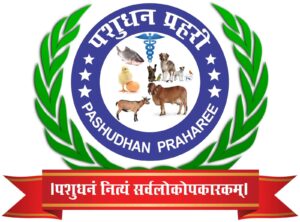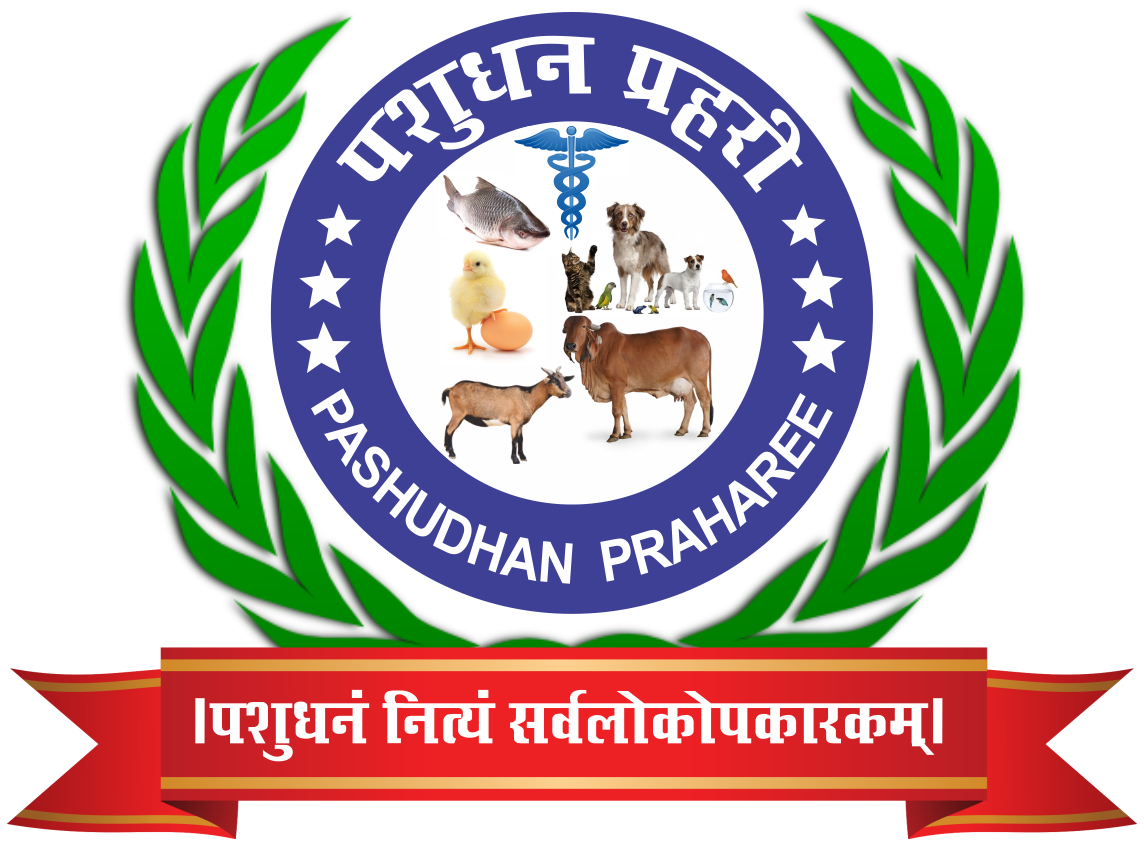Community Dairy Farming Model of Desi Cow for Sustainable Livelihoods in Rural India
Community dairy farming based on indigenous (desi) cow breeds has emerged as a viable model for sustainable rural livelihoods in India. By promoting collective dairy farming, this approach ensures economic empowerment, environmental sustainability, and nutritional security for rural communities. The desi cow, known for its adaptability, disease resistance, and high-quality milk, plays a vital role in strengthening India’s dairy sector while maintaining ecological balance.
Key Features of the Community Dairy Farming Model
- Collective Ownership & Management
- Farmers form self-help groups (SHGs), cooperatives, or Farmer Producer Organizations (FPOs) to manage dairy farming collectively.
- Shared responsibility in animal care, fodder cultivation, and marketing ensures sustainable operations.
- Promotion of Indigenous Breeds
- Encourages the rearing of native breeds such as Gir, Sahiwal, Rathi, Tharparkar, and Red Sindhi, known for their disease resistance and high-quality A2 milk.
- Genetic conservation programs support breed improvement and productivity enhancement.
- Natural & Organic Dairy Practices
- Utilization of organic fodder, Ayurvedic medicine, and herbal supplements to maintain animal health.
- Avoidance of synthetic growth hormones and antibiotics, ensuring chemical-free milk production.
- Integration with Organic Farming
- Promotion of cow-based farming models, including the use of cow dung for vermicomposting and cow urine for natural pesticides.
- Strengthens organic farming practices by reducing dependency on chemical fertilizers and pesticides.
- Value Addition & Market Linkages
- Processing of milk into ghee, curd, paneer, and other dairy products to increase profitability.
- Establishing direct farmer-to-consumer networks through farmer markets, e-commerce, and cooperatives.
Economic & Social Benefits
- Increased Income: Collective dairy farming reduces input costs and enhances market access.
- Employment Generation: Provides livelihood opportunities for landless farmers, women, and youth.
- Women Empowerment: Many dairy cooperatives actively involve women, improving their financial independence.
- Nutritional Security: Promotes local availability of fresh, high-quality milk for rural households.
Environmental & Sustainability Benefits
- Climate Resilience: Indigenous breeds are more adaptable to climate variations, reducing vulnerability to extreme weather events.
- Biodiversity Conservation: Helps conserve native cow breeds that are essential for India’s agro-ecological diversity.
- Waste Utilization: Cow dung and urine are utilized for bio-fertilizers, biogas, and organic farming, promoting circular economy principles.
Challenges & Solutions
- Low Productivity of Indigenous Breeds → Solution: Scientific breeding programs and better nutrition management.
- Lack of Organized Market Linkages → Solution: Strengthening cooperative networks and direct-to-consumer sales models.
- High Initial Investment → Solution: Government subsidies, micro-financing, and support from NABARD and dairy development schemes.
Government Support & Policies
- Rashtriya Gokul Mission (RGM) – Focuses on indigenous breed conservation and productivity enhancement.
- National Dairy Development Board (NDDB) Initiatives – Promotes cooperative dairy farming and rural entrepreneurship.
- Dairy Entrepreneurship Development Scheme (DEDS) – Provides financial assistance for setting up dairy farms.
Project Report for Community Dairy Farming Model
1. Project Overview
- Establishment of a community-based dairy farm with 50 desi cows.
- Formation of a Farmer Producer Organization (FPO) or Self-Help Group (SHG) to manage operations.
- Implementation of sustainable dairy practices, including organic feed, natural healthcare, and zero-waste management.
2. Infrastructure & Resource Requirements
- Land Requirement: 5-10 acres for cattle sheds, grazing, fodder production, and biogas units.
- Cattle Housing: Well-ventilated sheds with provisions for waste management.
- Fodder & Feed Supply: Cultivation of green fodder, dry fodder, and mineral supplements.
- Milking & Processing Equipment: Automatic milking machines, milk storage tanks, and small-scale processing units.
- Waste Management System: Vermicomposting units, biogas plants, and organic fertilizer production.
3. Financial Estimates
- Initial Investment: ₹20-30 lakhs (including infrastructure, cattle purchase, feed, and equipment).
- Operational Costs: ₹3-5 lakhs per year (including labor, feed, veterinary care, and maintenance).
- Revenue Generation:
- Milk Sales: ₹5-7 lakhs per year (based on ₹50/liter pricing for A2 milk).
- Value-added Products: ₹3-5 lakhs (ghee, paneer, curd, etc.).
- Organic Fertilizers & Biogas: ₹1-2 lakhs (selling vermicompost, manure, and biogas units).
- Government Subsidies & Support: ₹5-10 lakhs (from RGM, NDDB, NABARD, etc.).
4. Expected Impact & Sustainability
- Employment for 50-100 rural families.
- Increase in household incomes by 40-50%.
- Reduction in dependence on chemical fertilizers through cow-based organic farming.
- Contribution to climate resilience and biodiversity conservation.
The Community Dairy Farming Model of Desi Cows offers a sustainable solution for improving rural livelihoods, food security, and environmental conservation in India. With proper support from government initiatives, cooperative models, and sustainable dairy practices, this model can significantly contribute to India’s self-reliant and climate-resilient dairy sector.
Community Dairy Farming Model of Desi Cow for Sustainable Livelihoods in Rural India Project Report
COMMUNITY DAIRY FARMING OF DESHI COW FOR SUSTAINABLE LIVELIHOODS IN RURAL INDIA




